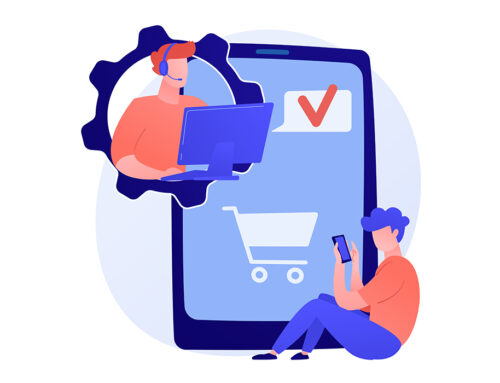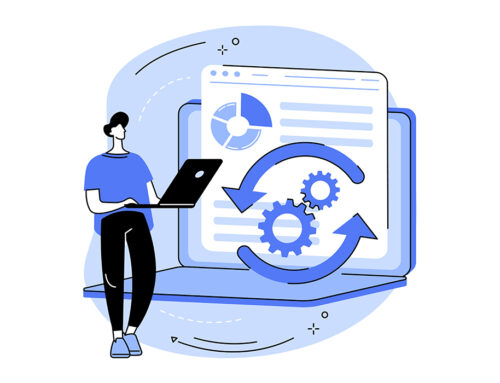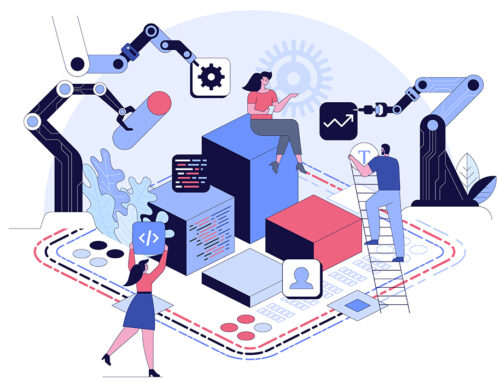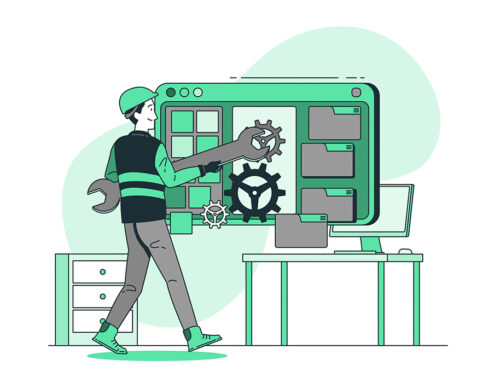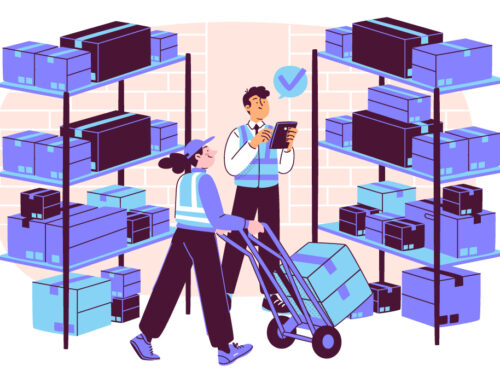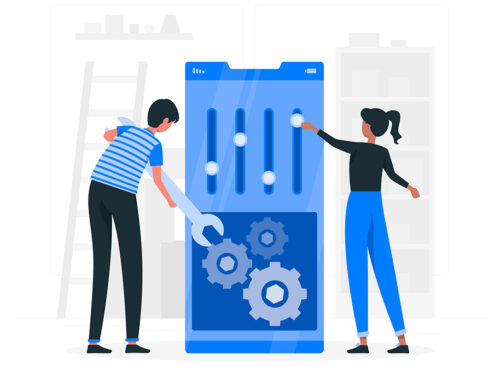As manufacturers embrace outcome-based services, the shift from selling equipment to delivering long-term value is changing everything—from sales strategies to service delivery. Johann Diaz explores how trust, data, and proactive support underpin the new model.
Author Kris Oldland | Copperberg

Photo: Freepik
Talk to most manufacturers today, and you’ll still hear the familiar priorities: build a better product, deliver it on time, support it when needed. But quietly, behind the scenes, the conversation is starting to shift.
Customers aren’t just asking what they’re buying—they’re asking what it gets them. Fewer want to own equipment outright. More want guarantees: uptime, availability, value over time. Subscription-based models are emerging to meet that demand, recasting service as a driver of long-term engagement, not a bolt-on to product.
Johann Diaz, Founder and Chief Strategist at the Service Revolution Academy, sees this as more than a monetisation change. “There’s been a real shift in focus toward outcomes,” he says. “The machine is just the start. What matters more is what it helps the customer accomplish.”
Accountability Changes Everything
In a traditional product sale, responsibility ends at handoff. That mindset doesn’t hold under a subscription. The supplier stays in the loop—maintaining, monitoring, and in many cases, preventing failure altogether.
Diaz gives a practical example: “In a subscription model, your team might already know something’s wrong before the customer does. That flips the relationship. You’re not just reacting—you’re managing performance.”
It’s a different kind of accountability. One that requires internal coordination, better data, and teams capable of proactive service delivery. And while many manufacturers are building those capabilities, the cultural adjustment is rarely smooth.
Some teams thrive in this model. Others, particularly in engineering-led businesses, still struggle to shift from asset focus to performance mindset.
The Customer Needs Proof, Not Just Words
It’s easy to assume customers resist subscription models because they dislike change. But often, Diaz argues, that’s not it. “The challenge isn’t convincing them. It’s showing them it works—for their business, not just yours.”
Upfront investment feels tangible. Service models can feel abstract. That’s where small-scale pilots or hybrid options often help. They lower the barrier to entry while demonstrating that a different commercial structure can still deliver reliable results.
Diaz has seen manufacturers overreach here, going to market with complex bundles or rigid service tiers before testing what customers actually value. He encourages restraint. “Let them ease into it. Build trust before you scale.”
And occasionally, it doesn’t land. Not every segment is ready. That’s part of the process as well.
Forget the Menu. Start with the Outcome
Some organisations enter the subscription space, trying to replicate their product catalogues as service tiers. It rarely works. Customers don’t want a menu; they want clarity on what they’re getting, and why it matters.
“Start simple,” Diaz advises. “Anchor the offer to a clear business goal, and let that define the scope. You can expand later, once the model proves itself.”
The structure itself varies. Some subscriptions are usage-based. Others are fixed-fee, tied to uptime or availability. What matters more is internal alignment. Sales, service, and support must speak the same language. If they don’t, even the best model breaks down under execution.
It’s also important to track what really signals success. Recurring revenue alone isn’t enough. Uptime, usage, retention, renewal rates—these are the metrics that speak to value creation, not just payment collection.
Inside Resistance Often Outweighs Market Skepticism
Diaz is candid about where the biggest friction usually lies. “Sales teams push back hard,” he says. “Not because they don’t believe in the model, but because it disrupts how they’re compensated, how they forecast. It changes the rhythm.”
This isn’t just a compensation problem—it’s a trust issue. Reps are being asked to commit to models that don’t pay out immediately, in organisations that may not yet know how to deliver them.
Some firms sidestep the issue by running subscription pilots under separate business units. Others build parallel incentives to reduce the perceived risk of transition. There’s no single formula. But what’s clear is that change management matters just as much as pricing logic.
Interestingly, Diaz notes that service and support teams often adapt faster. They’ve long understood that what happens after the sale shapes customer perception. For them, subscription just formalises what’s already true.
This Isn’t a New Idea – But It’s Becoming More Accessible
Performance-based models have been around for decades. Rolls-Royce’s “Power by the Hour” is still the go-to reference. But examples like Atlas Copco’s AIRPlan show how even more conventional equipment categories are making the shift.
What’s changed recently is accessibility. Digital monitoring, predictive maintenance, and integrated platforms make it easier to deliver outcome-based services without massive overhead. That lowers the entry point—and raises the stakes for those still sitting on the sidelines.
Diaz doesn’t present this as a one-size-fits-all solution. “Some products just don’t lend themselves to this model. Some markets won’t accept it. But where it fits, the upside isn’t just commercial. It’s relational.”
That kind of alignment—where customer success defines supplier success—is rare. When it’s achieved, it tends to endure.
Final Word: A Model Built on Trust, Not Transactions
Diaz is clear on one point: subscriptions aren’t about squeezing more revenue from the same customer. They’re about committing to outcomes and earning trust over time.
“You probably already have the ingredients,” he says. “The hard part is putting them together in a way that’s valuable to the customer, not just to you.”
For manufacturers, that might mean starting small, adapting quickly, and letting the results speak louder than the model. Because in the end, the real shift isn’t in how you charge. It’s in how you deliver value—and how you prove it, month after month.
About Copperberg AB
Founded in 2009, Copperberg AB is a European leader in industrial thought leadership, creating platforms where manufacturers and service leaders share best practices, insights, and strategies for transformation. With a strong focus on servitization, customer value, sustainability, and business innovation across mainly aftermarket, field service, spare parts, pricing, and B2B e-commerce, Copperberg delivers research, executive events, and digital content that inspire action and measurable business impact.
Copperberg engages a community reach of 50,000+ executives across the European service, aftermarket, and manufacturing ecosystem — making it the most influential industrial leadership network in the region.


